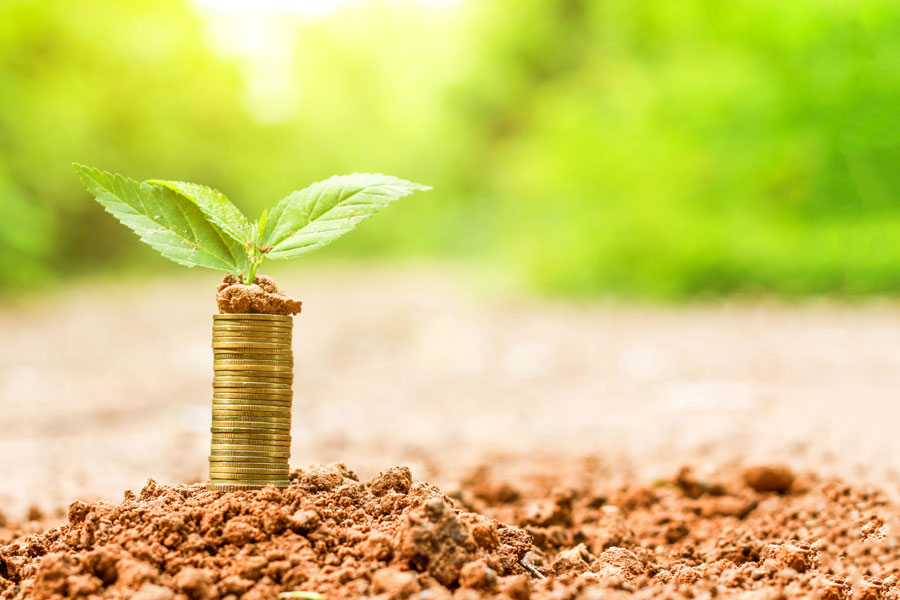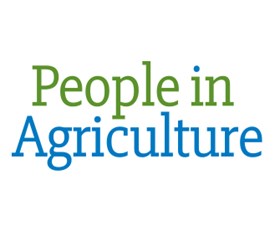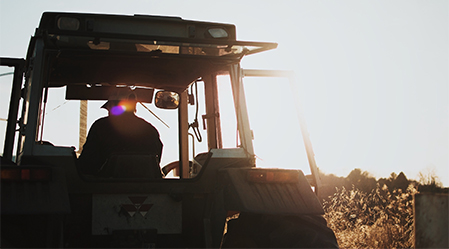Farms contributed more than housing to Australia's GDP in 2016
30/3/2017
The Latest report from UBS' Australian economics team see farm production rise in Q4 by 8% in December, a massive 24% higher that the same time last year. This highlights the need for greater acknowledgement of the role Agriculture plays in the greater economy. The traditional focus on Homes and Holes driving GDP via the housing and mining sectors overlooks the other contributing industries.
The Latest report from UBS' Australian economics team see farm production rise in Q4 by 8% in December, a massive 24% higher that the same time last year.This highlights the need for greater acknowledgement of the role Agriculture plays in the greater economy. The traditional focus on Homes and Holes driving GDP via the housing and mining sectors overlooks the other contributing industries.
According to Scott Haslem, George Tharenou and Jim Xu, UBS’ Australian economics team, Agriculture can't be ignored after providing more Australian economic growth than the direct impact of housing last year.
It contributed 0.2 percentage points (ppts) to real GDP in the December quarter, and 0.5ppts over the year, the largest amount since 2008. In the context of the Australian economy slow growth of only 2.4% last year.
“Incredibly, this 0.5ppts contribution was larger than the ‘direct’ impact of housing on the economy, with slowing real housing activity seeing the contribution of dwelling investment moderate to only 0.3ppts, halving from the peak in Q2 2016,” said UBS.
“Excluding the farm sector, non-farm GDP actually slowed sharply from over 3% year-on-year in Q2 2016 to 2% year-on-year in Q4 2016, around the weakest since the GFC,” UBS said.
“Looking forward, ABARES’ forecast for farm sector production growth of 8% year-on-year in 2016/17 suggests that growth of farm GDP will also likely peak in 2016/17, before probably turning negative in 2017/18,” it says.
That means that other sectors of the economy, such as resources exports, household consumption and non-mining business investment, will have to do more of the heavy lifting to ensure Australia’s more than 25-year run without experiencing a technical recession is maintained.





